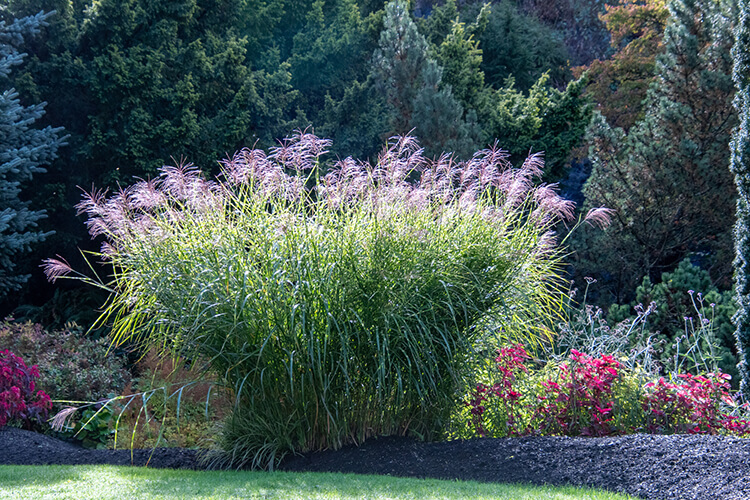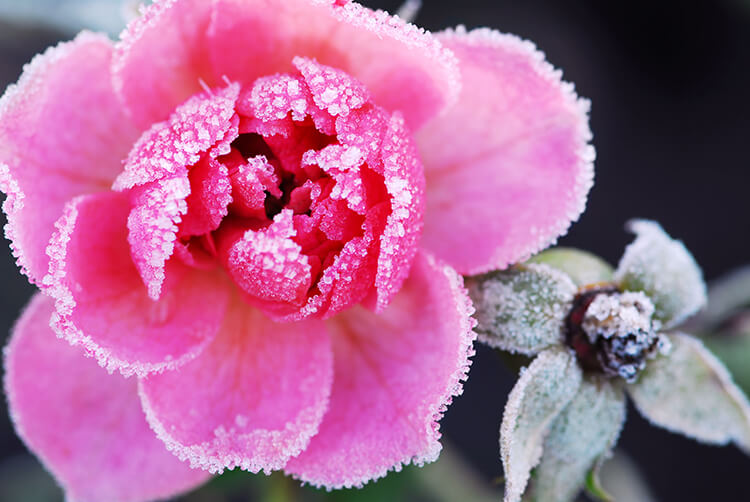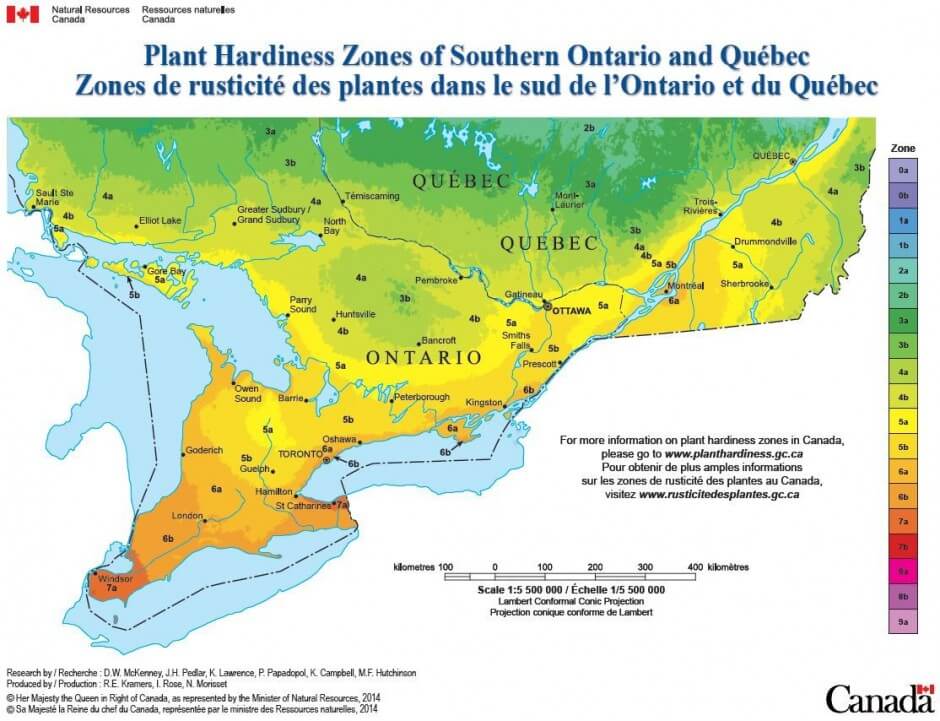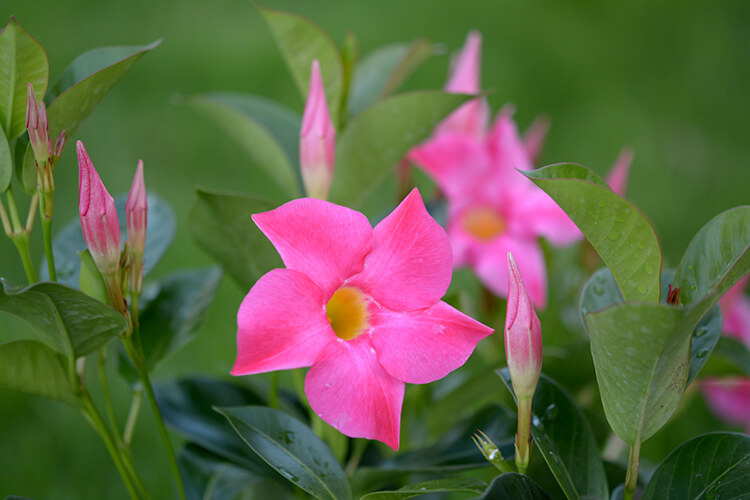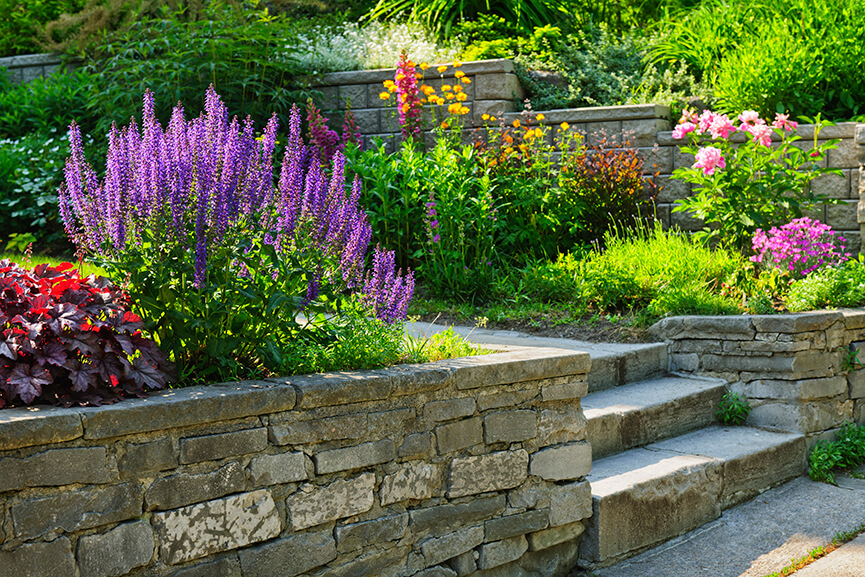
Groundcover for Sun and Shade
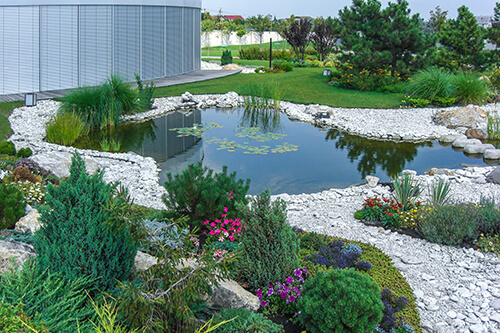 Groundcover for sun and shade are plants that tend to grow low to the ground and spread. These ranging plants do double duty in your flowerbeds. With their showy foliage and/or flowers, they add visual interest. But just as importantly, if not more so, they act much like mulch, helping to suppress weeds, reduce soil erosion, and retain moisture.
Groundcover for sun and shade are plants that tend to grow low to the ground and spread. These ranging plants do double duty in your flowerbeds. With their showy foliage and/or flowers, they add visual interest. But just as importantly, if not more so, they act much like mulch, helping to suppress weeds, reduce soil erosion, and retain moisture.
What’s more, groundcovers are generally low-maintenance, so you get all the benefits mentioned above, without back-breaking work. Just ensure that you plant groundcover plants according to their light exposure requirements.
 A few of the reasons you might consider planting a groundcover:
A few of the reasons you might consider planting a groundcover:
- To cover ground where it’s extremely hot and sunny. Drought conditions can leave grass and/or plants parched. Some of the varieties listed below can better tolerate these conditions, and will look nice doing it.
- To keep weeds down. Weeds are simply unwanted plants in your lawn and garden. If you find weeds particularly troublesome in an area of your flowerbed or lawn, consider planting groundcover appropriate for that area to keep weeds in check.
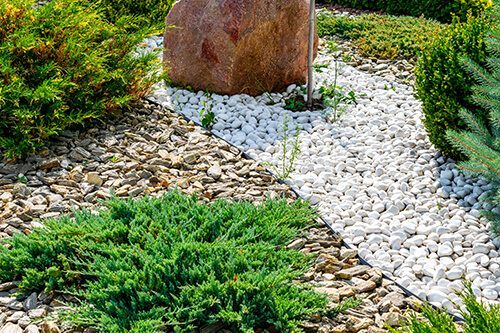 To cover steeply graded areas of grass. If your yard has any sloping areas that are hard to maintain, consider replacing the grass with a ground cover to eliminate the hassle.
To cover steeply graded areas of grass. If your yard has any sloping areas that are hard to maintain, consider replacing the grass with a ground cover to eliminate the hassle.- To cover shady spots where grass is sparse. Too much shade can also lead to patchy grass growth. Plant a shade-loving groundcover instead for lush, even coverage.
- To reliably cover areas with high foot traffic. If your grass is worn in areas where there is consistent foot traffic, a robust groundcover with a creeping habit should provide better coverage.
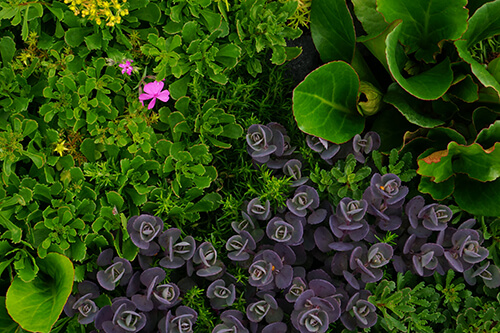 Groundcovers to plant in the sun
Groundcovers to plant in the sun
- Creeping Thyme
- Stonecrop Sedum
- Creeping Juniper
- Ice plant
- Catmint
- Creeping Phlox
- Black-Eyed Susan
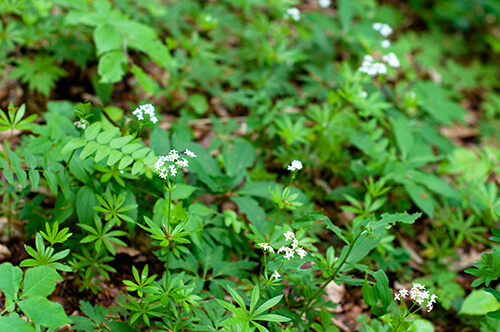 Groundcovers to plant in the shade
Groundcovers to plant in the shade
- Lamium
- Bugleweed
- Sweet Woodruff
- European Ginger
- Carex/Sedge
- Japanese Spurge
- Periwinkle
 Note that some groundcovers, due to an aggressive spreading or creeping habit, can be invasive, so it’s important to take a bit of time to choose the right plants based on your goals and available space.
Note that some groundcovers, due to an aggressive spreading or creeping habit, can be invasive, so it’s important to take a bit of time to choose the right plants based on your goals and available space.
If you would like to incorporate groundcovers into a new or existing landscape design but aren’t up for doing it yourself, we can help you make the right choices for your needs and goals. Contact us any time.


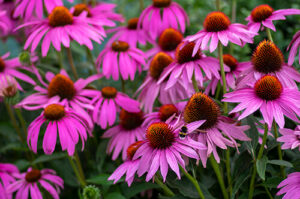 Coneflowers
Coneflowers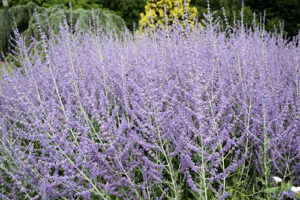 Russian Sage
Russian Sage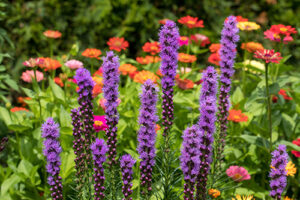 Gayfeather
Gayfeather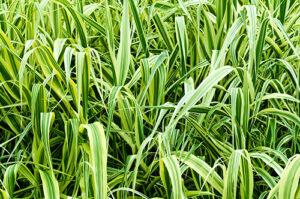 Carex/Sedge
Carex/Sedge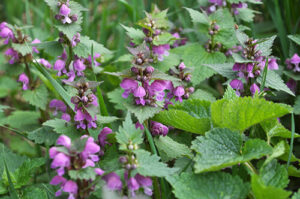 Lamium
Lamium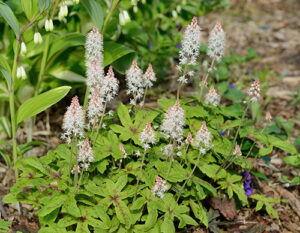 Foamflower
Foamflower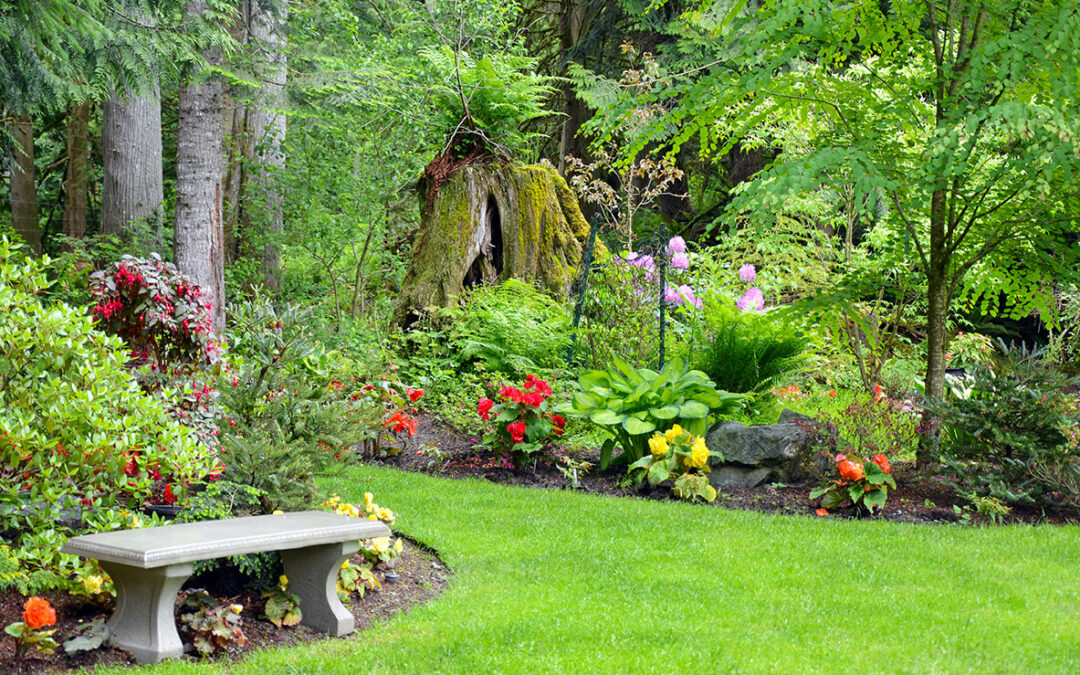
 Boxwood
Boxwood Non-Invasive Honeysuckle
Non-Invasive Honeysuckle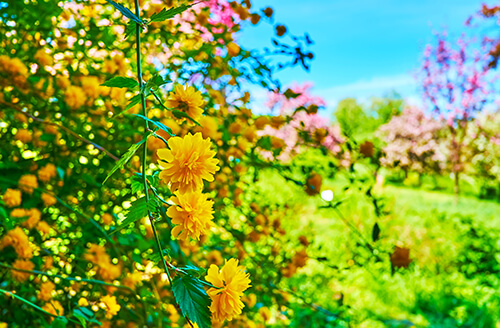 Japanese Rose
Japanese Rose Solomon Seal
Solomon Seal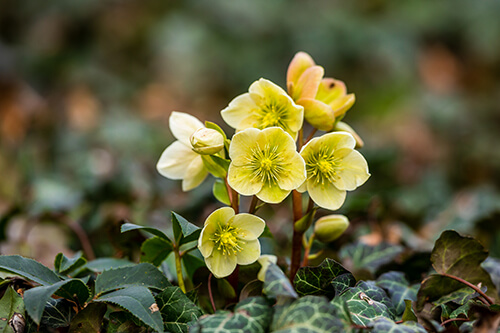 Hellebore
Hellebore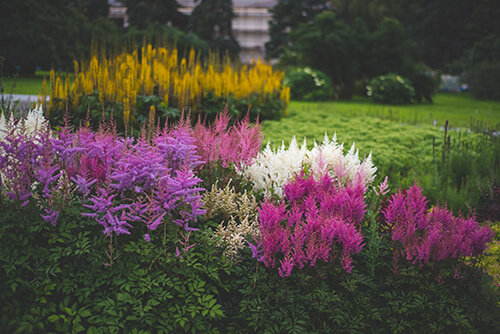 Astilbe
Astilbe
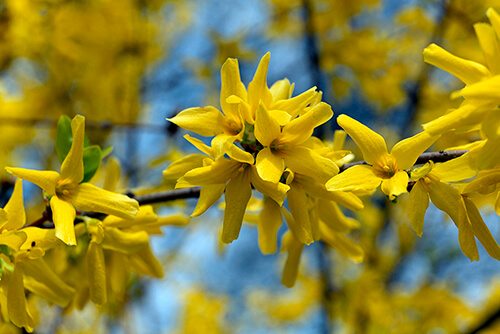 Forsythia – brilliant yellow blooms
Forsythia – brilliant yellow blooms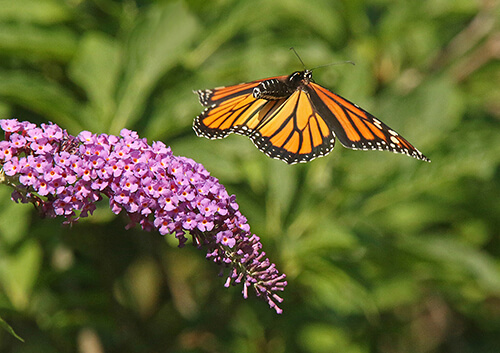 Spirea
Spirea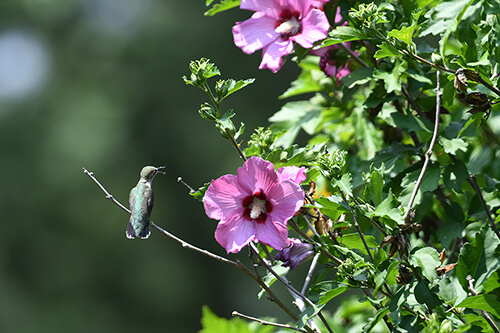 Burning Bush
Burning Bush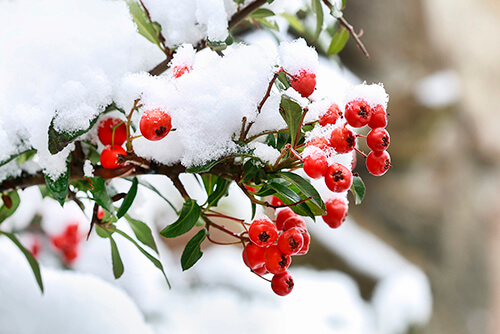 Red Twig Dogwood
Red Twig Dogwood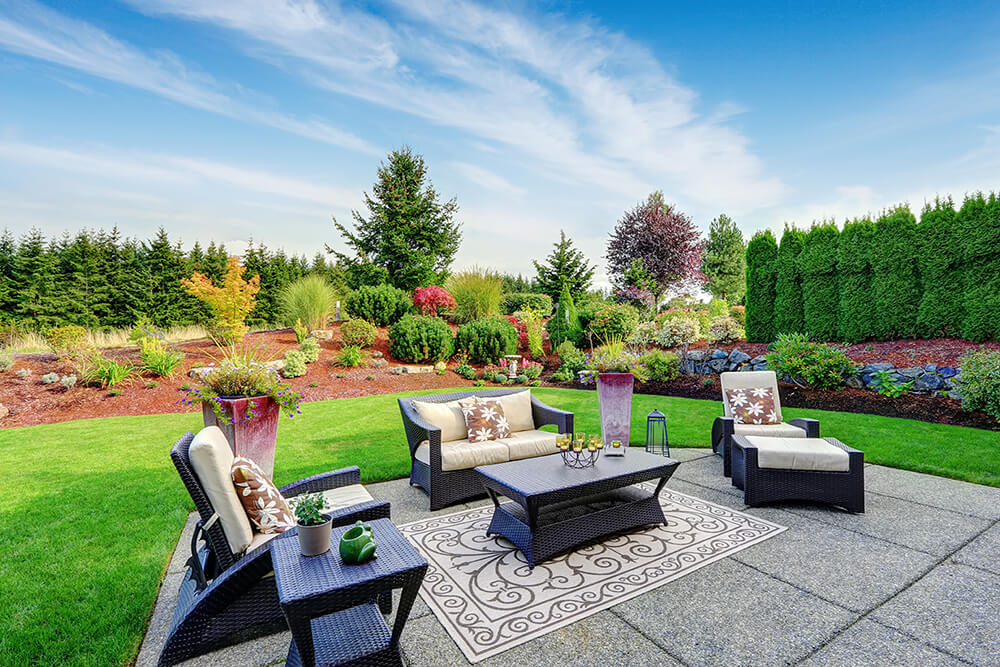
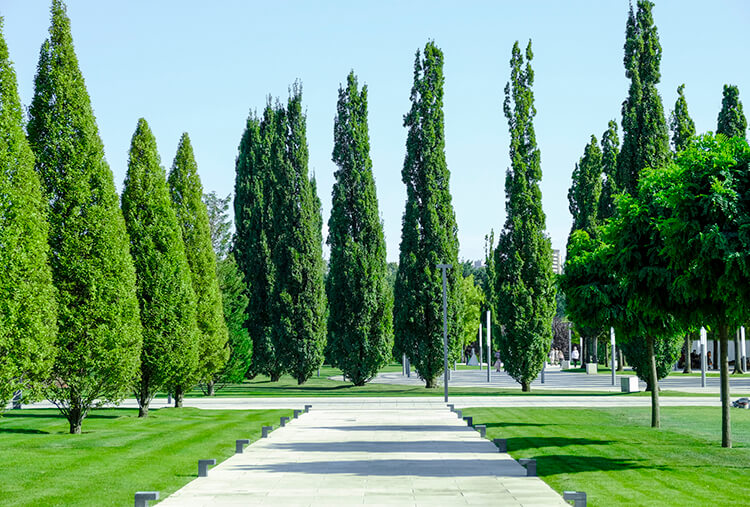 Emerald Cedar
Emerald Cedar

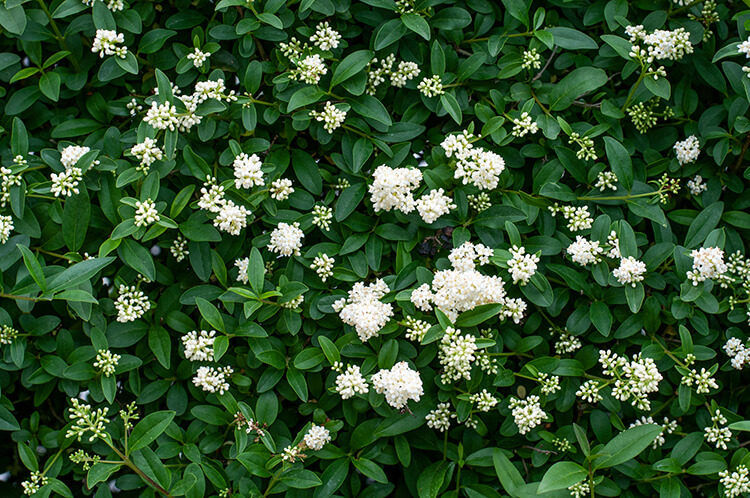 Ninebark
Ninebark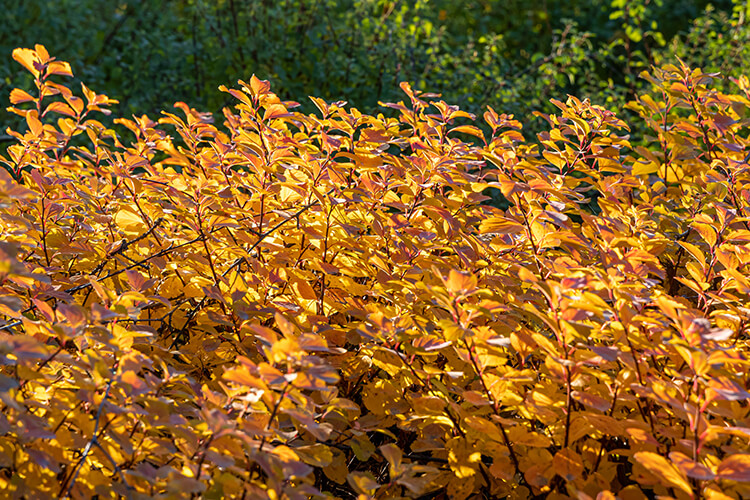 Large Ornamental Grasses
Large Ornamental Grasses